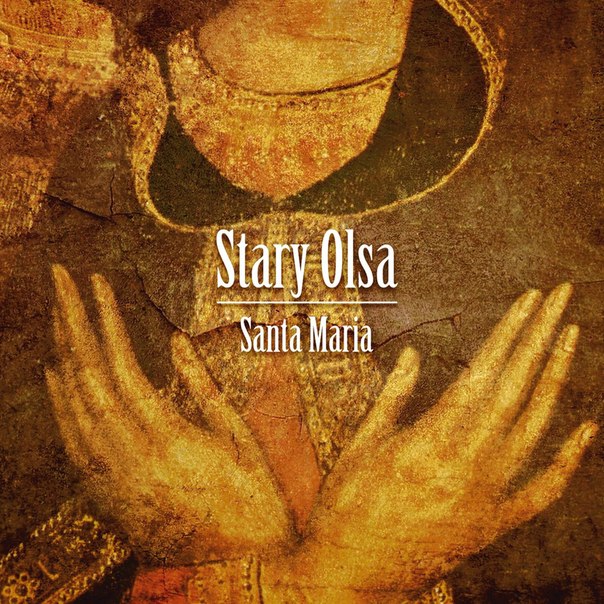
Santa Maria
2013
The Vilnian Notebook (other name Vilnia’s Tablature; or Tabulatura Vilnensis) is an anonymous collection of plays for solo (lute and organ) and ensemble performance. It was compiled in the city of Viĺnia (Vilnius) in 1600 and includes ricercars, toccatas, and various dances of eastern and western European origin, canzoni, and other vocal works. The most probable author of the Vilnian Notebook is Diomedes Cato (1560 – after 1619).
The Polack Notebook is a collection of baroque music of the XVI-XVII cc. (the scientific names are Astramiečava Manuscript or Manuscript No 127/56 of the Jagiellonian Library, modern archive signature No 10002). After World War II, a Belarusian Uniate liturgy book (diurnal) from German repositories happened to be in Poland and in 1956 it was brought to the Library of the Jagiellonian University in Krakow. This liturgy book cover had an attached manuscript note which was found by Belarusian professor Adam Maĺdzis in 1962. Jerzy Gołos, a Polish music scientist, studied this manuscript. Since then in encyclopedias he is presented as its “official discoverer”. The manuscript was written in the village of Astramiečava (Brest Region, Belarus), but it belonged to the Polack bishop, therefore it was called the Polack Notebook. Nowadays, the works from the Polack Notebook are integral parts of Polish and even German musicians.
Valentin Bakfark (1506–1576) is a lutenist and composer of a Hungarian origin. He lived in Viĺnia and became one of the famous Renaissance lute virtuosi; he created a completely new lute playing technique based on vocal polyphony.
Wojciech Długoraj (1557 – after 1619) is a composer and a lutenist-virtuoso; in 1583–1585, he was the lutenist of King Stephen Bathory. Długoraj is notable for his lute plays-fantasies, villanelle, and dances. Długoraj’s works can be found in hand-written Długoraj’s Tablature, Thesaurus Harmonicus (1603), and other German editions.
Llibre Vermell de Montserrat (The Red Book of the Montserrat Monastery in Catalan) is a manuscript of the 14th c. that consists of 10 medieval songs. According to the compiler’s comments, these songs can be performed by pilgrims who stay in the monastery and who wish to sing and dance. One of these songs is Cuncti simus concanentes (Let Us Sing Together).
Alfonso X the Wise (1221–1284) was King of Castile and León, the compiler and the publisher of the collection Las Cantigas de Santa Maria (Canticles of Holy Mary). Poems of Alfonso the Wise are mainly devoted to Virgin Mary.
The CD contains a fragment of the drawing Madonna (1416) by Italian artist Gentile da Fabriano (1370–1427), a fragment of the engraving Bagpiper (1514) by German artist Albrecht Dürer (1471–1528), and the map of the Grand Duchy of Lithuania compiled in 1655 by French historian and cartographer Nicolas Sanson (1600–1667).
Tracks 3, 4, 5, 7, 8, 9, 11 - Polack Notebook,16-17 c.
2. Saltarello. Diomedes Cato
3. Balkano
4. Nuovo
5. Ciupa
6. Eiusdem nationis. Wojciech Dlugoraj
7. Pasterz
8. Sliczna kwiecie
9. Tryton
10. Schöner deutscher dantz. Valentin Bakfark
11. Cantario
12. Totentanz
Spotify
iTunes
Bandcamp
YouTube Music
Yandex Music
Amazon Music
Apple Music
Deezer
VK
СберЗвук



















